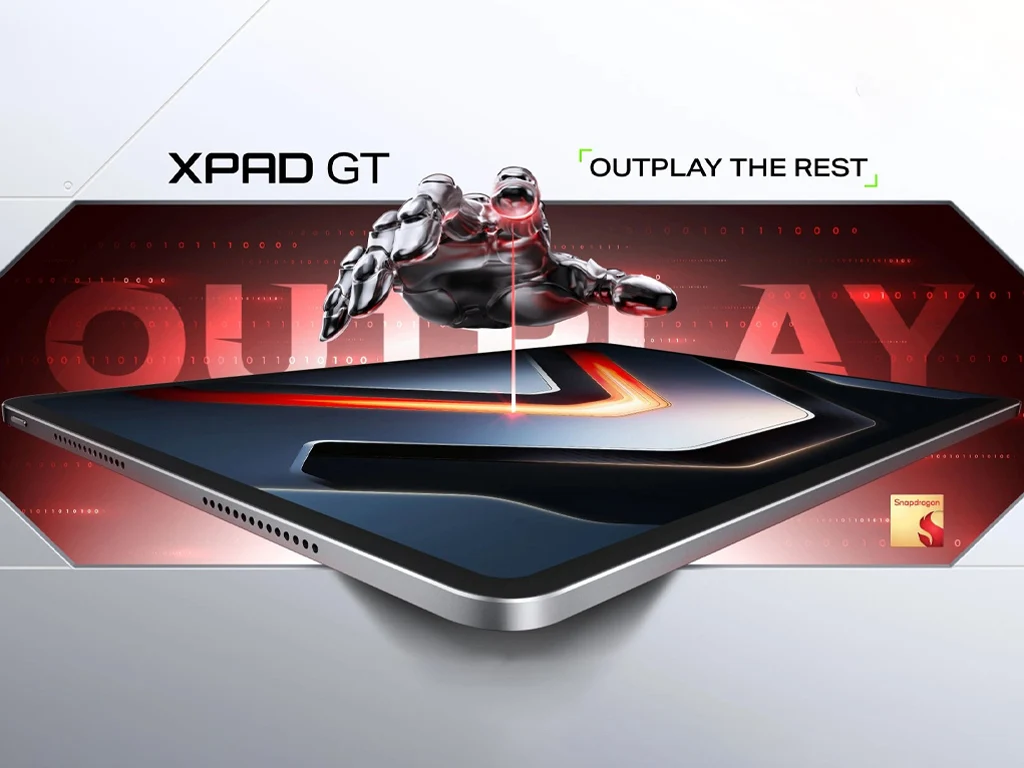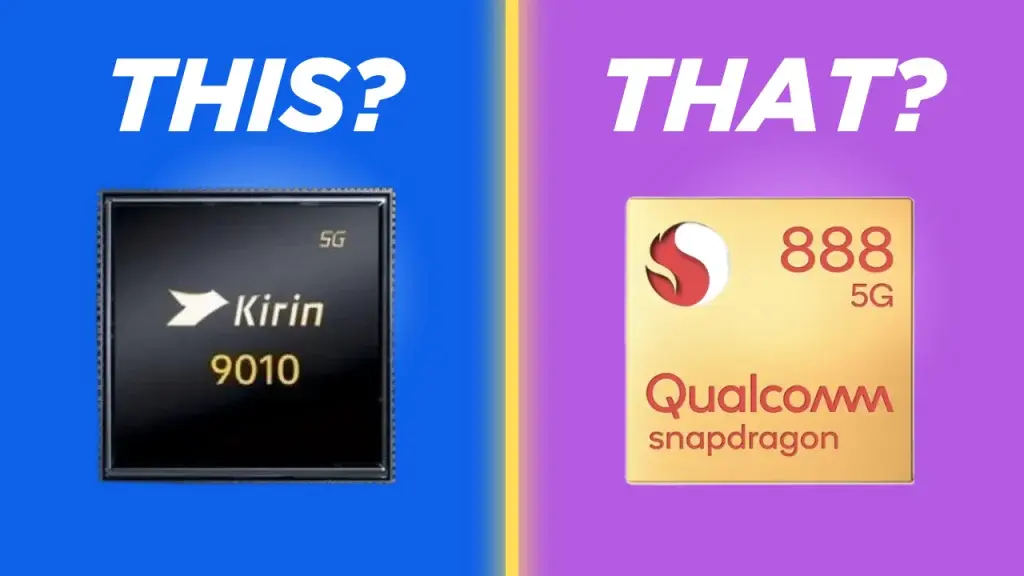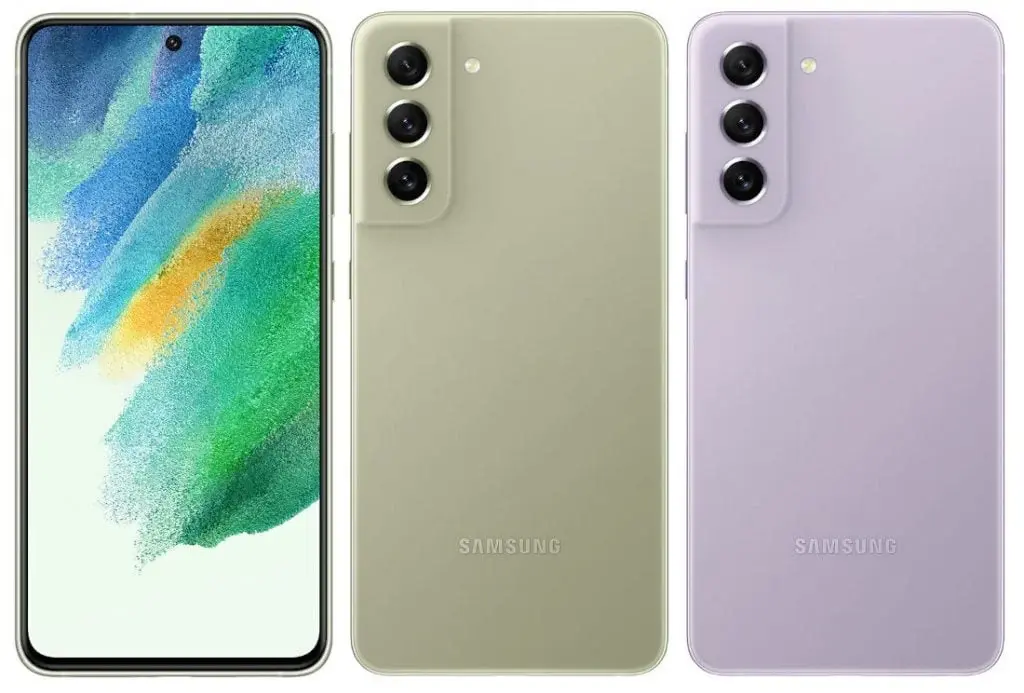Key Takeaways
1. The Infinix Xpad GT is designed for gamers, featuring a Snapdragon 888 processor and Adreno 660 GPU for smooth gaming performance.
2. It can run popular games like PUBG at 90 FPS, Honor of Kings and Mobile Legends at 120 FPS, and Standoff 2 at 144 FPS.
3. The tablet includes a large vapor cooling chamber, 8 GB of RAM, and 256 GB of storage, ensuring efficient performance during gaming.
4. It features a 13-inch HDR10 display with a resolution of 1840×2880 pixels and a 144 Hz refresh rate, offering an immersive viewing experience.
5. The Xpad GT has an 8-speaker audio system, a 10,000 mAh battery with 33 W fast charging, and supports both keyboard and stylus, priced at MYR 1,699 in Malaysia.
The Infinix Xpad GT has officially launched in Malaysia, marking its entry into the market. This tablet is aimed at gamers, featuring the Snapdragon 888, a well-known SoC that powered top-tier smartphones in 2021. Even though it’s an older chip, the Adreno 660 GPU is still quite capable of running popular mobile games smoothly.
Gaming Performance
Infinix boasts that the Xpad GT can handle PUBG at 90 FPS and can also run Honor of Kings and Mobile Legends at 120 FPS. Additionally, it can achieve 144 FPS in Standoff 2. However, the company hasn’t detailed the graphic settings used during these tests. Nevertheless, the Snapdragon 888 is recognized for its good performance in emulating games as well.
Cooling System and Specifications
To ensure smooth gameplay, Infinix has equipped the SoC with a large vapor cooling chamber. At present, there appears to be only one model available, which combines the Snapdragon 888 with 8 GB of RAM and 256 GB of storage capacity.
The Xpad GT also boasts a 13-inch display that offers a resolution of 1840×2880 pixels and a 144 Hz refresh rate. The screen is HDR10 compatible, and Infinix claims that its screen-to-body ratio is 89.5%.
Audio and Battery Life
One of the standout features of this gaming tablet is its 8-speaker audio system. It is said to provide an immersive sound experience with DTS 3D audio technology. The tablet is powered by a robust 10,000 mAh battery and supports 33 W fast charging (the Anker 737 24K power bank is currently priced at $109.99 on Amazon).
In addition to these features, the Xpad GT supports both a keyboard and a stylus, comes with a slim all-metal body measuring 6.5 mm thick, and utilizes Infinix AI for enhanced functionality. The tablet was launched in Malaysia with a pre-order price of MYR 1,699, which is approximately $402. Currently, Infinix has not provided information regarding its global release.
Source:
Link




